Bonjour tout le monde,
J'ai récemment acheté une carte Esp-wroom-32 (https://www.espressi...atasheet_en.pdf ) et je souhaiterai l'alimenter avec une alimentation externe.
Il y a 2 pin d'alimentation (3.3v et 5v). Je sais que le pin du 5v peut être utilisé en entrée (de 7v à 12v) mais dans ce cas, je ne peux plus l'utilisé pour alimenter mon circuit.
Est-ce que je peux utiliser le pin du 3.3v en tant qu'entrée pour mon alim externe (de 7v à 12v) ? Je n'arrive pas à trouver l'information...
Je vous remercie d'avance pour votre réponse ! ![]()



 Mon contenu
Mon contenu Homme
Homme









